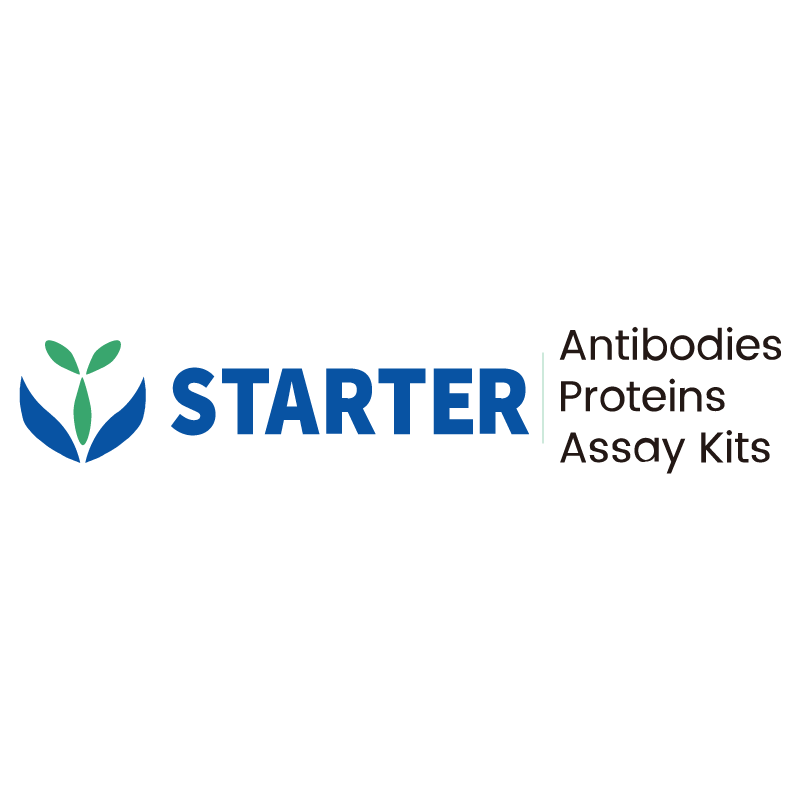flow cytometric analysis of Human CD45RO expression on human PBMC (human peripheral blood mononuclear cell). Human PBMC were stained with SDT FITC Mouse Anti-Human CD45RA antibody (S0B5109) and either PE-Cy5 Mouse IgG2a, κ Isotype Control (Left panel) or SDT PE-Cy5 Mouse Anti- Human CD45RO antibody (Right panel) at 5 μl/test treated with True-Stain Monocyte Blocker™. Flow cytometry and data analysis were performed using BD FACSymphony™ A1 and FlowJo™ software.
Product Details
Product Details
Product Specification
| Host | Mouse |
| Antigen | CD45 |
| Synonyms | Receptor-type tyrosine-protein phosphatase C; Leukocyte common antigen (L-CA); T200; CD45; PTPRC |
| Location | Cell membrane, Synapse |
| Accession | P08575 |
| Clone Number | S-R401 |
| Antibody Type | Mouse mAb |
| Isotype | IgG2a,k |
| Application | FCM |
| Reactivity | Hu |
| Positive Sample | human PBMC |
| Purification | Protein A |
| Concentration | 0.2 mg/ml |
| Conjugation | PE-Cy5 |
| Physical Appearance | Liquid |
| Storage Buffer | PBS, 1% BSA, 0.3% Proclin 300 |
| Stability & Storage | 12 months from date of receipt / reconstitution, 2 to 8 °C as supplied |
Dilution
| application | dilution | species |
| FCM | 5μl per million cells in 100μl volume | Hu |
Background
CD45RO is a transmembrane protein tyrosine phosphatase with a molecular weight of approximately 180-220 kDa, belonging to a splice variant of the leukocyte common antigen CD45 family. It is generated through alternative splicing of the CD45 gene, lacking the exon-encoded A, B, and C regions, thus possessing the smallest extracellular domain among CD45 isoforms. CD45RO is predominantly expressed on memory T cells (including effector memory T cells and central memory T cells), activated T cells, monocytes, and macrophages, serving as a key surface marker for memory T cells. Its intracellular domain contains two highly conserved protein tyrosine phosphatase domains, which regulate the phosphorylation status of Src family kinases (e.g., Lck and Fyn) and play a crucial role in T-cell receptor (TCR) signaling, modulating T-cell activation, proliferation, and immune responses. CD45RO expression is closely associated with pathological processes such as chronic inflammation, autoimmune diseases, and transplant rejection, and it is also an important indicator for assessing T-cell immune function in HIV infection. Given its dynamic expression levels reflecting immune status, CD45RO holds potential value in immune monitoring and disease diagnosis.
Picture
Picture
FC


